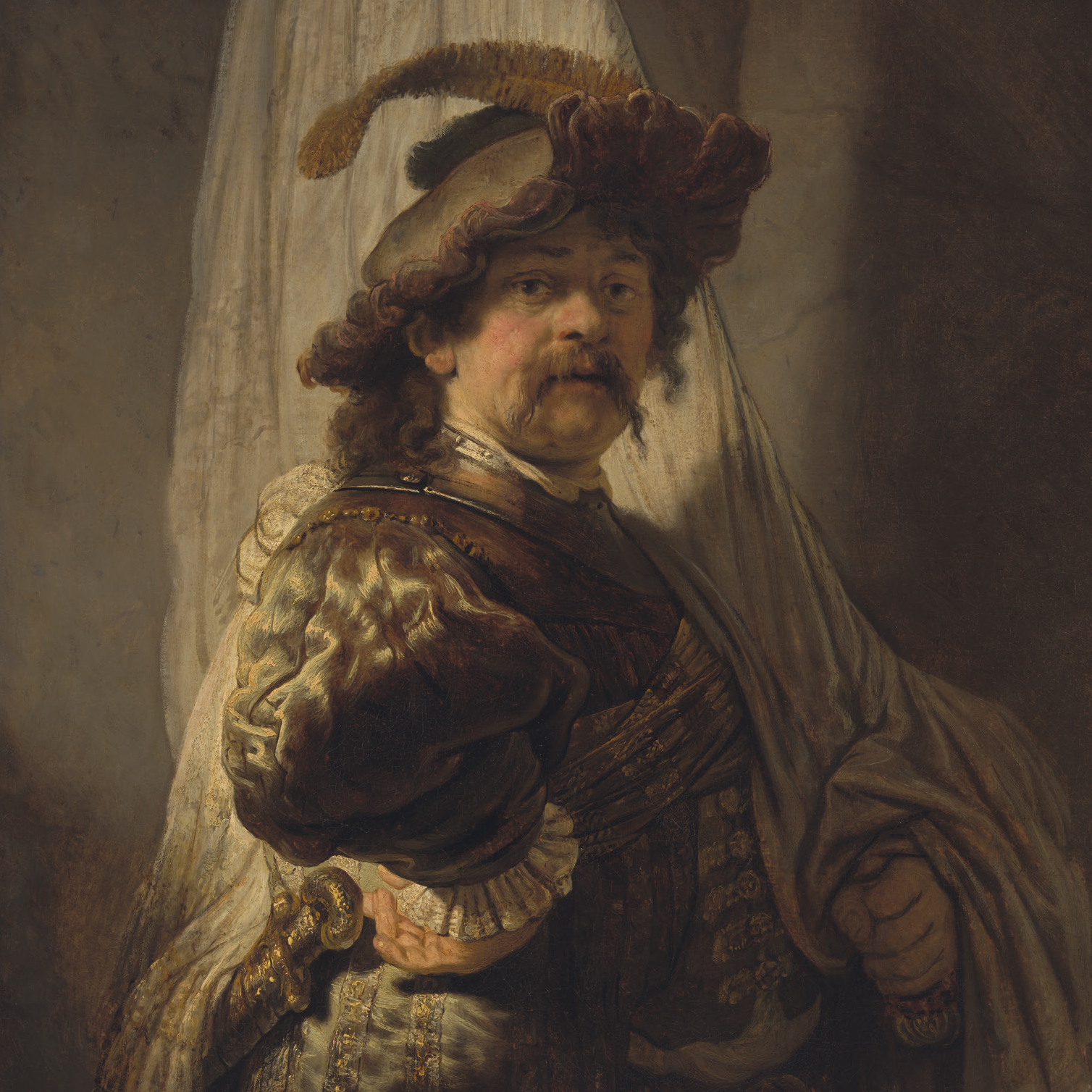Hero or Buffoon?
Remarks on Rembrandt’s Standard Bearer
DOI:
https://doi.org/10.52476/trb.24707Abstract
For many decades, the interpretation of Rembrandt’s painting The Standard Bearer has been a subject of debate. Some authors see the painting as a self-portrait of the artist in fanciful attire, others view it as the half-length depiction of an imaginary figure for which the painter, like in other works, turned to himself as a model. Numerous art historians have attempted to classify the depicted figure as a type, much like a traditional tronie, but with greatly diverging outcomes. For some, Rembrandt’s standard bearer is the type of the fearless soldier fighting on behalf of the fatherland, as in the caption below a print by Hendrick Goltzius depicting an army captain. Still others point to the Lansquenet tradition, in which he is seen as a laughable, comical figure found in prints by or after Jörg Breu the Younger. Recently, the latter two opinions were strongly argued, respectively by Jonathan Bikker and Eric Jan Sluijter. As a third possibility, the author of the present article introduces Goltzius’s chiaroscuro woodcut of Mars as Rembrandt’s primary formal source of inspiration. He also highlights the duplicitous nature of the representation as a whole and the intriguing but by no means overtly comical or proud facial expression of the persona conceived by Rembrandt. To what extent Rembrandt was referring to himself is a question left open by the author.
Downloads







